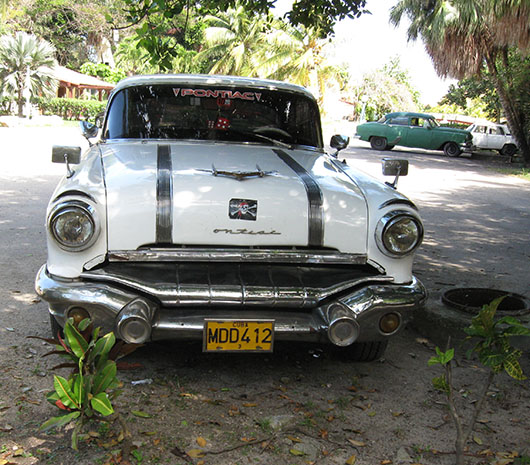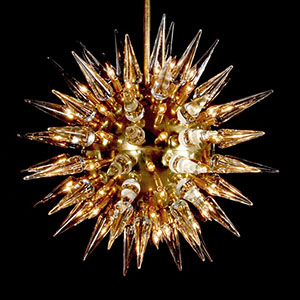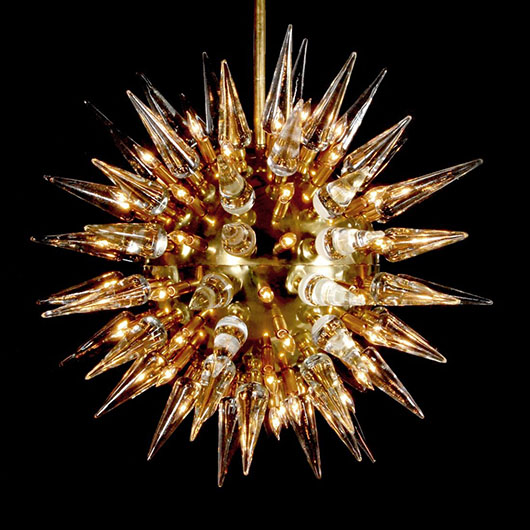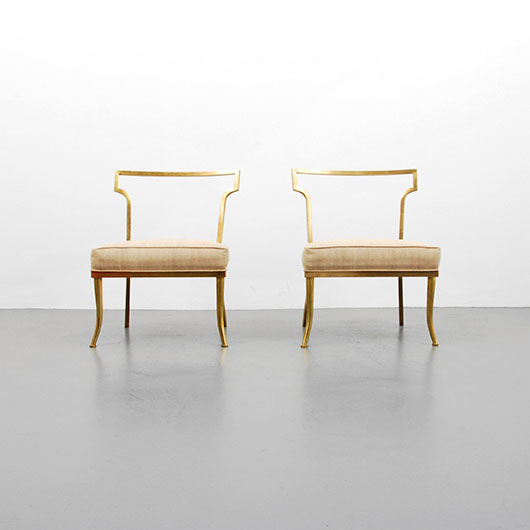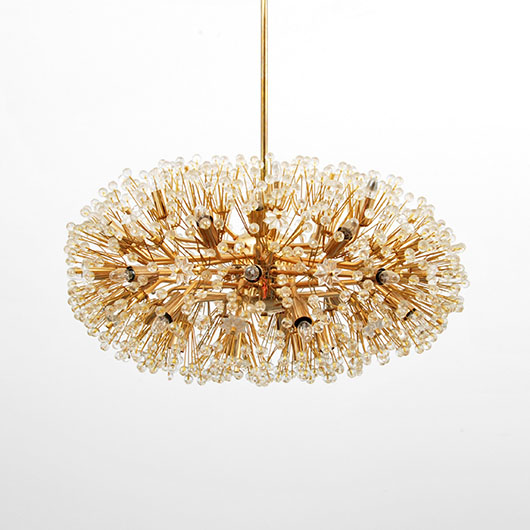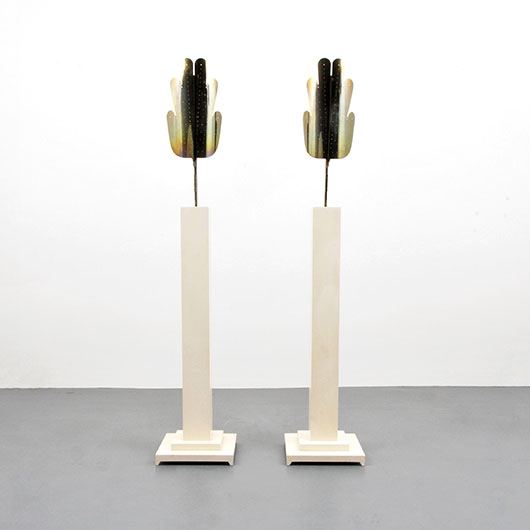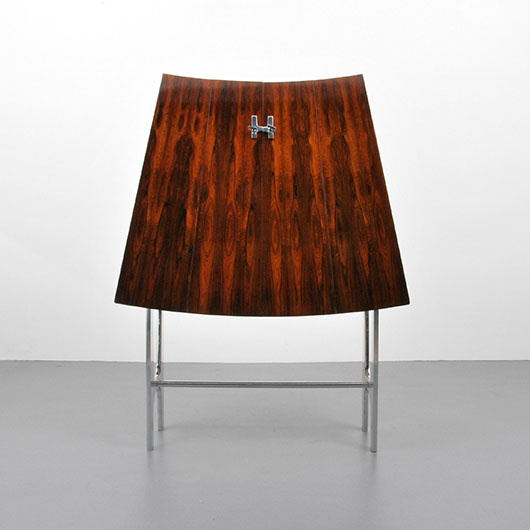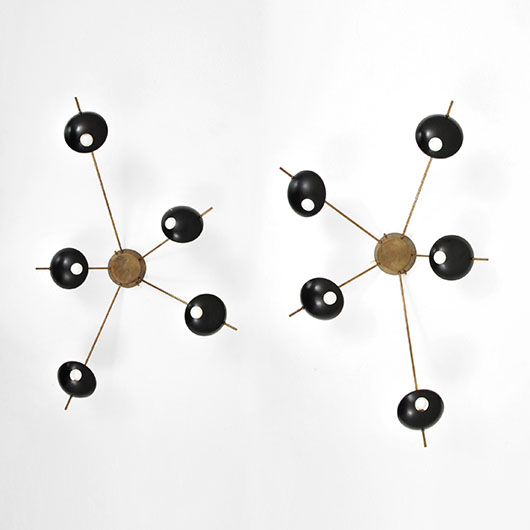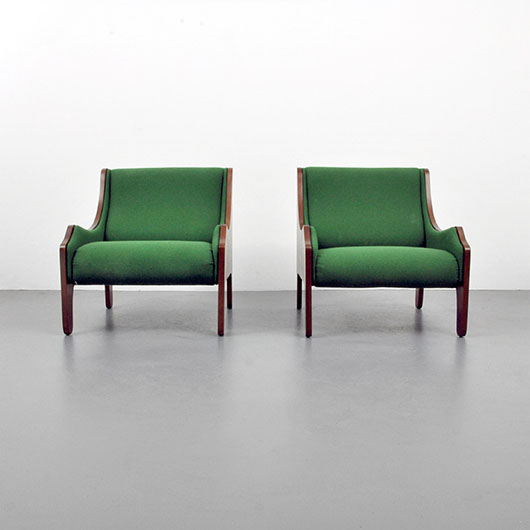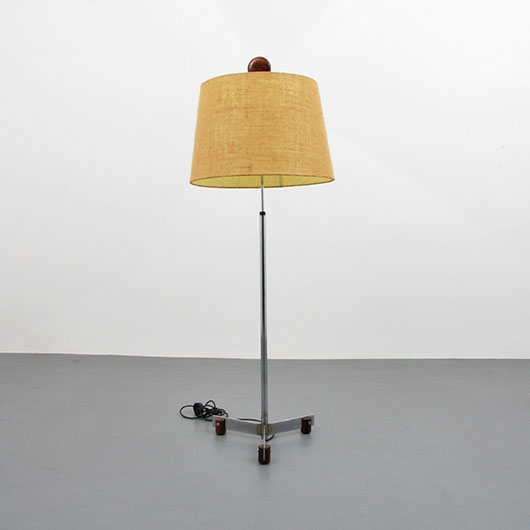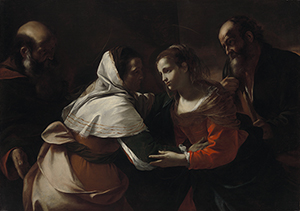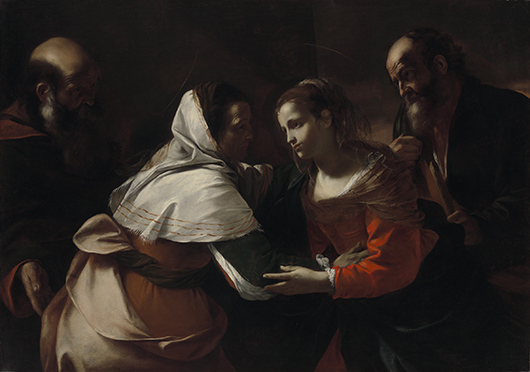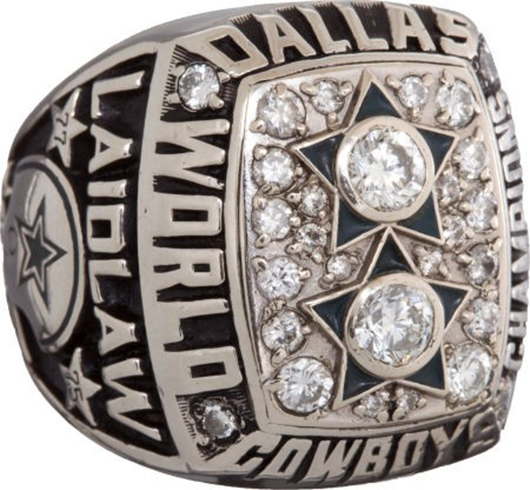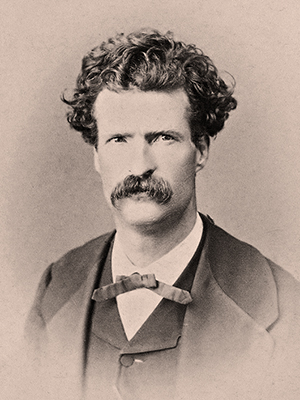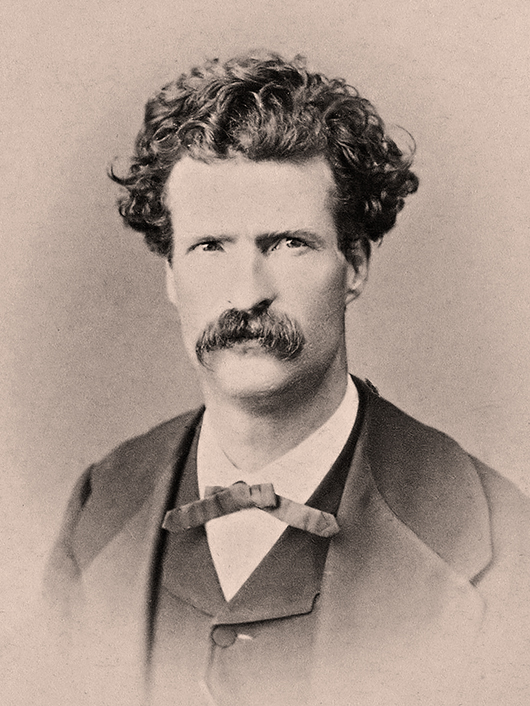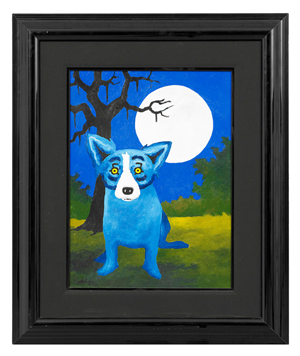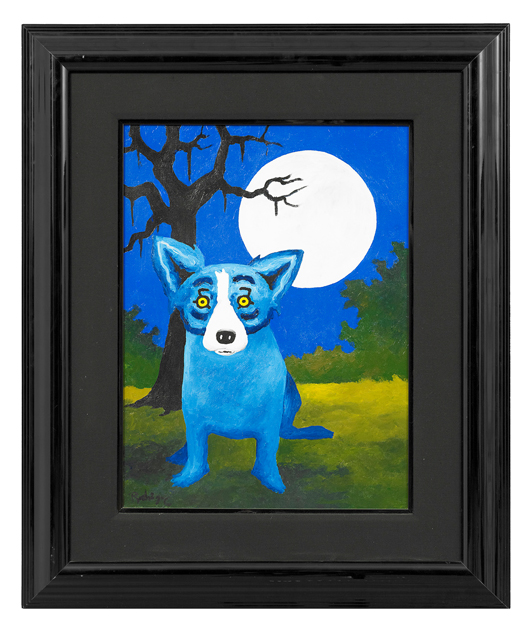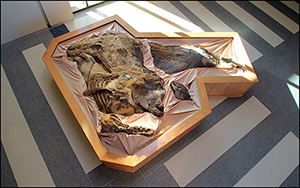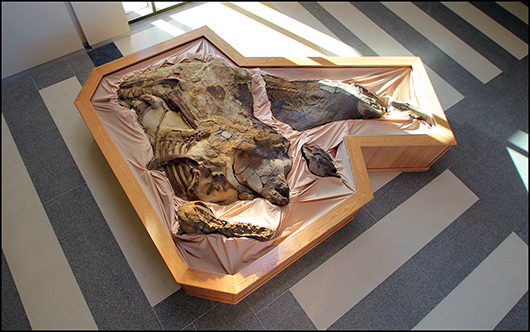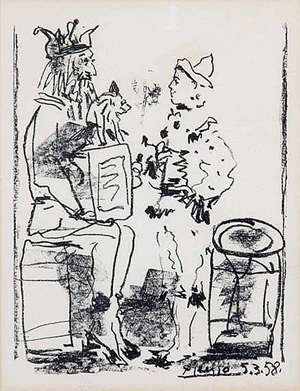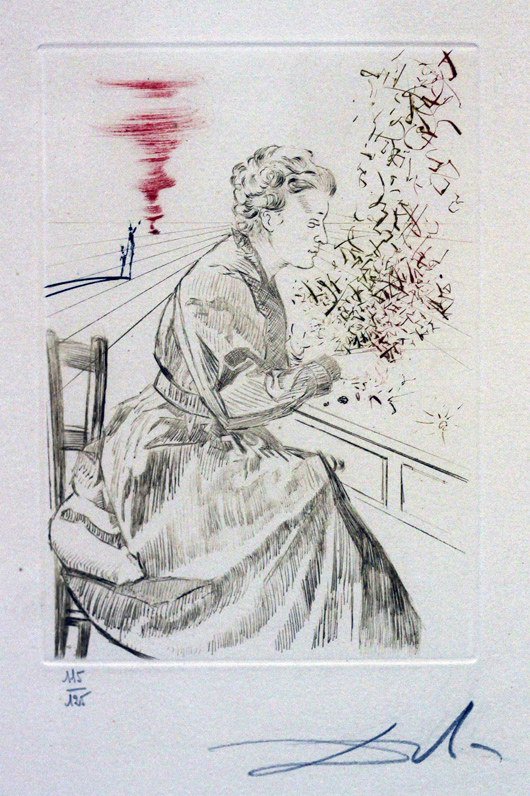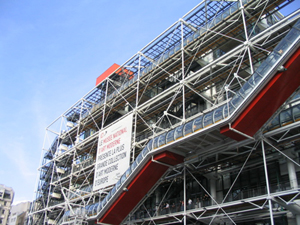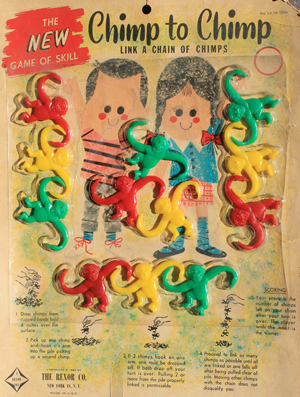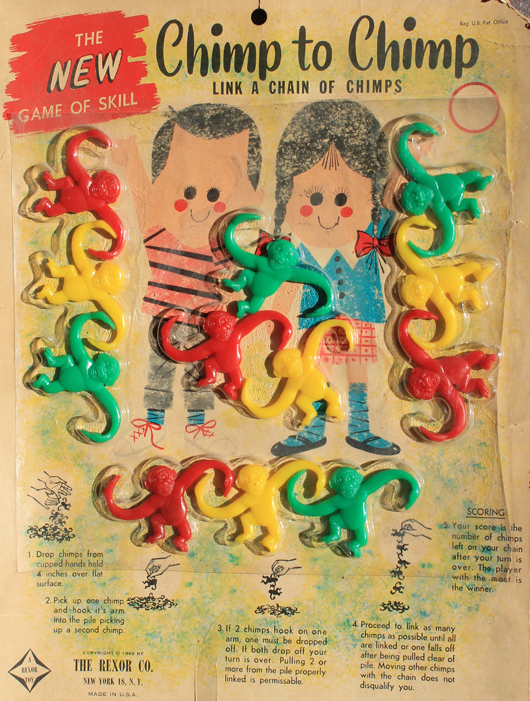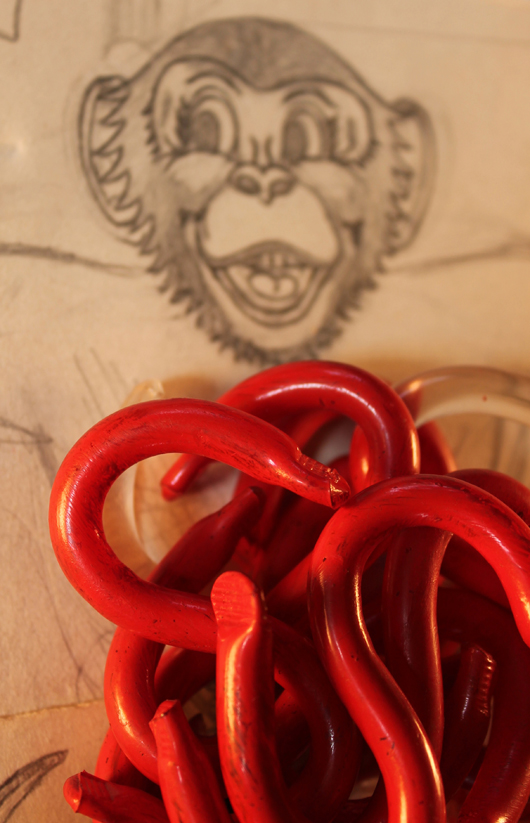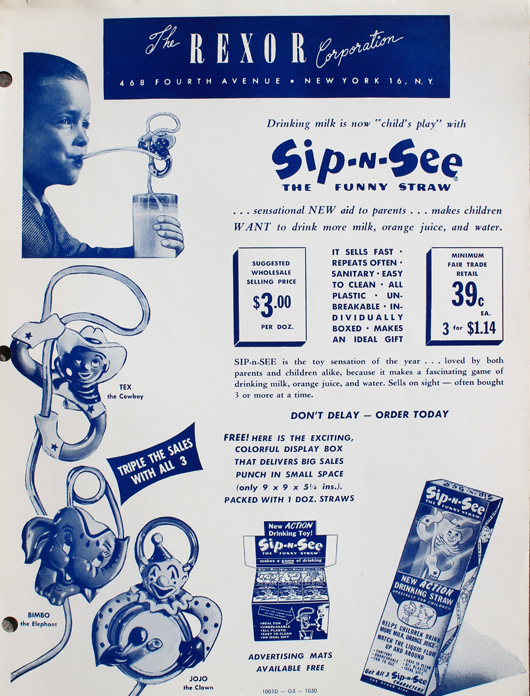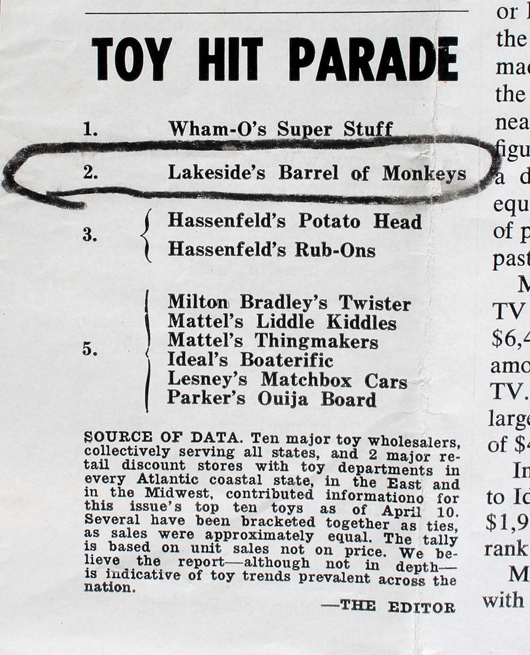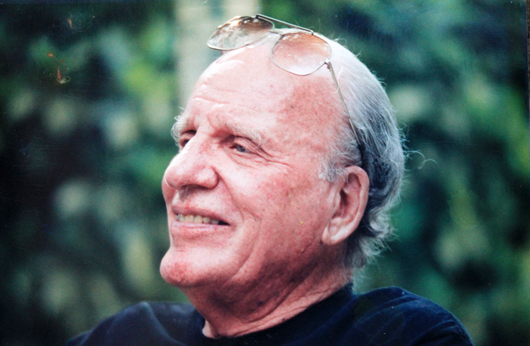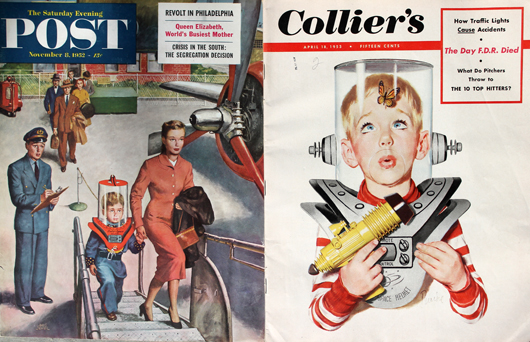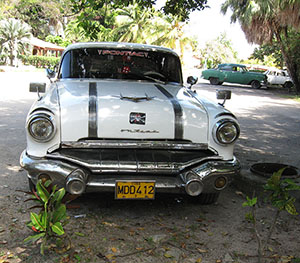
When the brakes failed in his beautiful Frankenstein of a taxicab, Tio couldn’t work for 15 days as he waited for a machinist to hand carve the necessary screws.
The half-century-old embargo on most U.S. exports has turned Cubans into some of the most inventive mechanics in the world, technicians capable of engineering feats long lost to the modern world of electronic ignitions and computerized engine calibration.
President Barack Obama’s announcement that he is loosening the embargo through executive action has Cubans dreaming of an end to the era of cannibalizing train springs for suspensions and cutting tire patches by hand. One of the measures announced by Obama last week would allow U.S. exports to Cuba’s small class of private business owners, which includes thousands of mechanics and taxi drivers who shuttle both Cubans in battered sedans for about 50 cents a ride and tourists in shiny, restored vintage vehicles for $25 an hour.
While the details of Obama’s reforms remain uncertain, Cubans are hopeful that their publication in the coming weeks will end a five-decade drought of cars and parts.
“Maybe it will be possible to get parts faster, at better prices,” said a hopeful Raul Arabi, 58, who spoke with The Associated Press while seated behind the wheel of a cherry-red 1952 Chevy convertible that still runs on its original 6-cylinder engine. “If they opened a specific store for this, even better.”
Cuba long restricted car ownership almost entirely to prominent bureaucrats, high achievers in their fields and professionals who completed government service abroad.
That limit was dropped last year but replaced by markups drove prices as high as $262,000 for a Peugeot that lists for the equivalent of about $53,000 outside Cuba. That leaves classic cars as one of the only options for Cubans needing private transportation for themselves or a business, although prices around $20,000 for old cars mean buyers on the island often need help for the purchase from relatives abroad.
With so much invested in their cars, new engines, hoods, fenders and transmissions is a dream for the owners of what were once known as “Humphrey Bogarts” and that remain a fixture of the landscape.
“It’s pretty complicated,” said Tio, 27. “The government won’t sell you glass for these old cars. They won’t sell replacement parts for these old cars. Everything is made by hand.”
A few years ago, the only way Tio could get new tires for his car was to rely on the generosity of a relative who brought some back from Venezuela.
In the meantime, necessity will drive invention when it comes to maintaining the thousands of classic cars that fill Cuba’s cities and countryside. Many are used for daily needs and commutes, others transport curious tourists soaking up nostalgia, newlyweds, or young girls celebrating their “quinceaneras,” – traditional 15th-birthday celebrations.
“When the material doesn’t exist, one has to invent it,” said a mechanic who agreed to reveal some of his secrets to the AP on the condition that he not be identified because he feared possible repercussions.
Suspension systems are among the most complicated to repair, simply because there are no parts available. But he noted that trains have similar springs that support a lot of weight.
Train coil springs are smaller than those of the cars, but the mechanic described how they could be stretched with a manual press until they are the necessary height.
“We fix everything, all the time,” he said proudly.
Such haphazard methods are not ideal in terms of safety: Putting powerful engines in cars with old bodywork and no seatbelts or airbags increases the risk of dangerous accidents.
And while Cubans’ ingenuity at keeping the cars running is impressive, the fact that they have patched together the old cars with scraps means the cars have little chance of becoming collectors’ items in the U.S. once the market between the two countries does open up.
“I’m not sure there’s a single car on the road in Cuba you could bring here and put in a car show,” said Tom Wilkinson, a classic car lover from Detroit who recently visited the island as part of a cultural exchange.
“You have to admire how resourceful the Cubans have been, keeping these cars running and modernizing them as much as they can,” Wilkinson said. “That said, by the standards of the American collector, they’re way too rough.”
That’s probably OK with Cuba, where such cars are like old friends that would not be easy to let go.
“This is part of the national culture,” said Arabi, who parks his red Chevy convertible on Havana’s iconic seafront boulevard, the Malecon, waiting for tourists to pay for a ride.
“It is part of the culture that tourists want to see here … and it is part of our own culture. … Cubans want to celebrate their weddings, their 15-year-old birthday celebrations, in these cars.”
With that, Arabi ended the conversation with a rev of his engine as a couple climbed in for a spin in his classic auto – a timeless ride that, somehow, despite years of use and against engineering odds, keeps on running, day after day.
_____
Wyatt reported from Miami.
Copyright 2014 Associated Press. All rights reserved. This material may not be published, broadcast, rewritten, or redistributed.
AP-WF-12-24-14 1506GMT
ADDITIONAL IMAGE OF NOTE
